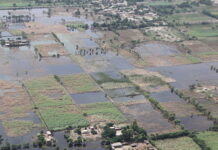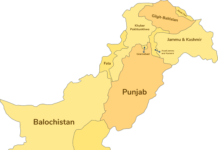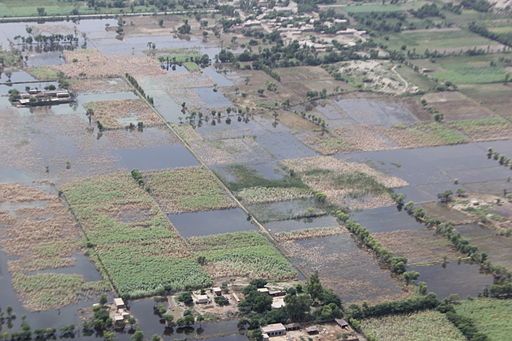Disasters have caused an estimated $3.26 trillion in agricultural losses worldwide over the past 33 years, averaging $99 billion annually — about four per cent of global agricultural GDP — according to a recent report by the Food and Agriculture Organisation (FAO). The report, Impact of Disasters on Agriculture and Food Security 2025, said digital technologies were reshaping how farmers and governments monitor risks, anticipate impacts and protect livelihoods.
The FAO noted that the agricultural sector was facing a convergence of disasters while also witnessing rapid advances in digital tools that could strengthen disaster-risk management.
According to the report, between 1991 and 2023, disasters destroyed 4.6 billion tonnes of cereals, 2.8 billion tonnes of fruits and vegetables, and 900 million tonnes of meat and dairy. The losses equal a global per capita reduction of 320 kilocalories a day, or roughly 13–16 per cent of average energy needs.
Asia accounted for 47 per cent of global agricultural losses, totaling $1.53 trillion, due to both high production volumes and exposure to floods, storms and droughts.
In Pakistan, monsoon flooding affected more than nine million people and damaged 849,000 hectares of crops — a year after the severe 2022 floods. The report said consecutive disasters had reshaped Pakistan’s agricultural landscape through soil erosion, salinisation and damaged infrastructure, posing long-term recovery challenges.
FAO identified digital transformation as a key tool for reducing agricultural disaster risks. AI, remote sensing, drones, mobile connectivity and sensor-based systems were enabling real-time insights for early warnings, advisory services and anticipatory action.
The FAO Director General, QU Dongyu, said digital platforms were supporting 9.1 million farmers with parametric insurance, and early warning systems had enabled the evacuation of 90 per cent of at-risk populations before disasters.
The report said disaster impacts extended beyond crop losses to include market disruptions, infrastructure damage, financial system failures and long-term ecosystem degradation. It said assessment tools must expand to capture direct and indirect losses, non-economic impacts, biodiversity decline and effects on vulnerable groups.
Marine heatwaves have caused an estimated $6.6 billion in fisheries losses between 1985 and 2022, affecting 15 per cent of global fisheries and reducing production by more than 5.6 million tonnes.
























